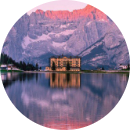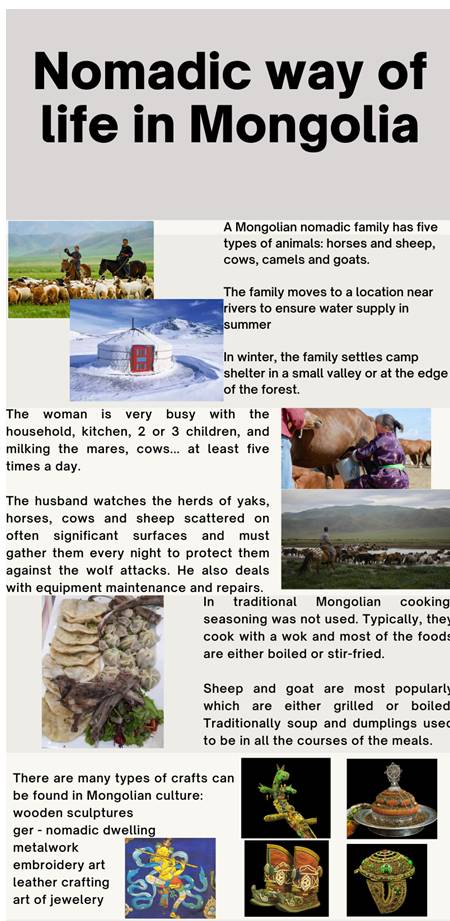Read the following passage and mark the letter A, B, C, or D on your answer sheet to indicate the correct answer to each of the questions from 28 to 34. When we talk about living a healthy life, there is a famous old saying, you are what you eat. In fact, it is not just what people eat, but their whole lifestyle, which is important. The best way to stay healthy is to live a balanced lifestyle. Are you living a balanced lifestyle both physically and mentally? Physical Balance The human body n...
Đọc tiếp
Read the following passage and mark the letter A, B, C, or D on your answer sheet to indicate the correct answer to each of the questions from 28 to 34.
When we talk about living a healthy life, there is a famous old saying, you are what you eat. In fact, it is not just what people eat, but their whole lifestyle, which is important. The best way to stay healthy is to live a balanced lifestyle. Are you living a balanced lifestyle both physically and mentally?
Physical Balance
The human body needs physical exercise at least once a day. In today’s world, many working people spend most of their day sitting at a desk. To add more exercise to your daily life, try to stop what you are doing about once an hour and stretch or take a short walk. After work, take a brisk walk or go to the gym. Your body will thank you for it.
For good health, nutritionists say we should eat at least four servings of raw food a day. By eating many colorful fruits and vegetables, you can be sure you are getting the correct nutrients. Have a red apple with your breakfast, a green salad at lunch, some carrots for your afternoon snack, and grapes for dessert instead of cake or cookies. Of course, for a healthy balance, your body also needs other foods.
Mental Balance
Mentally balanced people are usually emotionally balanced. They are generally happy with the things they have. They do not need to have more and more things. A mentally balanced person also feels good about who they are. They don’t worry about the past, and generally have good relationships with the people around them. That doesn’t mean that mentally healthy people never have negative feelings, but they don’t let these types of feelings control them or their behavior. It’s normal for people to feel their emotions-life always has its challenges and tragedies. But mentally healthy people face those challenges and resolve them quickly instead of allowing them to take control of their lives. By taking a little time each day to eat well, exercise, and clear your mind, anyone can live a more balanced and healthier lifestyle.
According to the article, to have a balanced lifestyle, people need to _____________.
A. work less and exercise more
B. eat cookies and cake only once a week
C. let their feelings control their behavior
D. take care of both their physical and mental health








